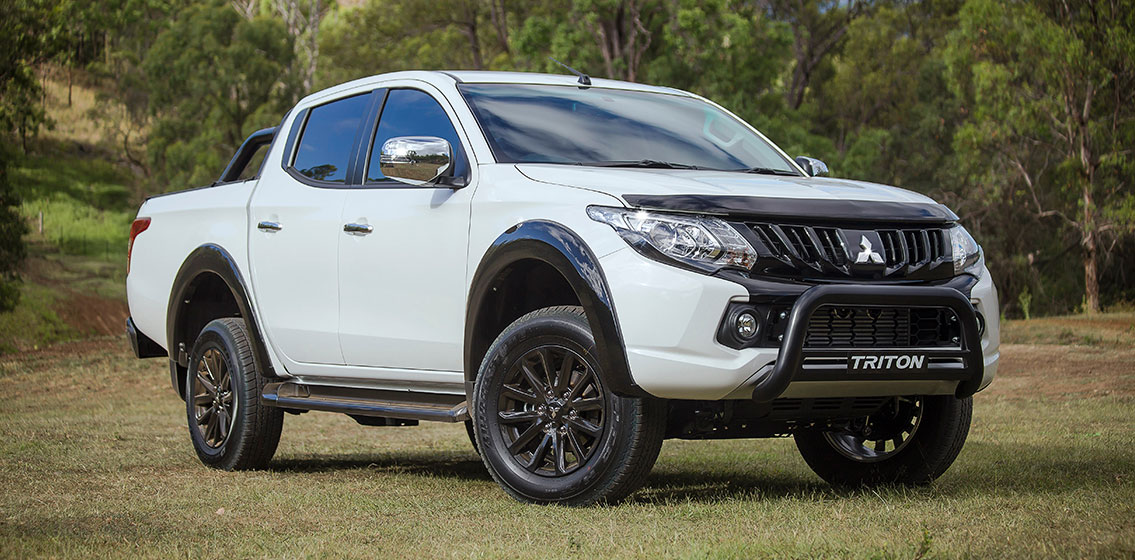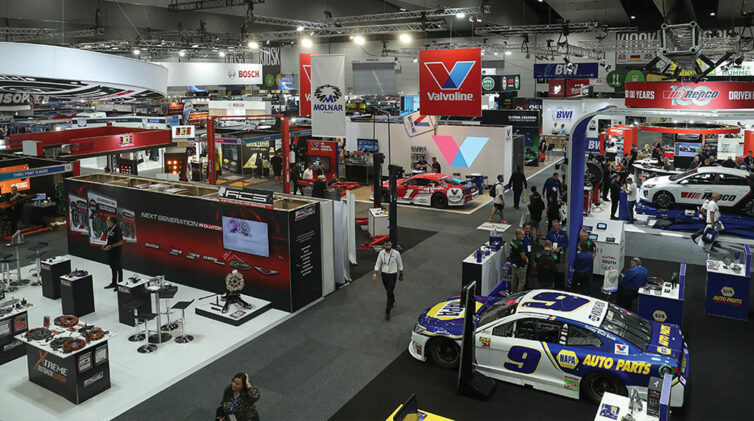The question arises from a recent court hearing that has now thrown open the vexed question of fuel economy claims by car makers based on a testing method stipulated by the federal government.
The case has two serious ramifications for the industry:
First, a dealer has been found in breach of the Australian Consumer Law (ACL) for displaying a fuel economy label it is bound by law to display containing fuel consumption data supplied by the OEM; data that the dealer has no way of verifying as accurate.
Second, the court has established that an OEM that has complied with the law in terms of testing procedures and affixing a fuel economy label to a vehicle, can still be in breach of the ACL for deceptive and misleading conduct simply because the test stipulated does not produce a number that matches the real world outside the testing facility.
If the courts stick to their guns on the issue, the testing procedures laid down by the Australian Design Rules will have to be torn up and reinvented to something that results in fuel economy data that more closely resembles the real world for vehicle owners.
The issue came to a head in May when the Supreme Court of Victoria upheld a decision by the Victorian Civil and Administrative Tribunal involving the apparent inaccuracy of a fuel economy label on a Mitsubishi Triton and the key issue, from a dealer’s point of view, is that the dealer who sold the vehicle has been found to have contravened the ACL along with Mitsubishi Motors Australia Limited (MMAL).
Dealers are now asking their legal advisors where they stand because it would appear the court’s finding places them in a classic Catch 22 position.
Dealers have been required to place a fuel consumption label on the cars they sell since 2001, but in this case the dealer sold the vehicle with a label supplied to it by MMAL that VCAT (and now the Supreme Court of Victoria) regarded as inaccurate; thus breaking terms of the ACL.
Dealers are saying to their legal people that they are in no position to verify if the fuel figures supplied on the labels are correct and if they stop displaying the labels they are also in breach.
The crux of the case was that the buyer, a Mr Begovic, wanted better fuel economy than his 2008 Triton and that the fuel-economy label on the windscreen of a 2017 model led him to believe he would achieve a satisfactory economy if he purchased a brand-new example.

Mitsubishi Triton
From the get-go, he complained to MMAL that he was not getting the stated economy. Tests by the automotive engineering consultancy ABMARC showed the consumption was 27 per cent worse than he was getting with his 2008 Triton and worse than the label on the 2017 Triton windscreen.
The owner sought redress before VCAT.
One curious element to the case was the lack of gravity demonstrated by MMAL in the VCAT hearing. The company did not have legal representation at VCAT and the MMAL employee attending had to seek instructions by phone as the hearing continued.
All MMAL relied on was an assertion that the label was accurate according to the testing laid down by the Australian Design Rules. But the tribunal said it had to take into account evidence from ABMARC’s tests on the actual vehicle that showed the label was not even close to the fuel consumption label on the 2017 Triton in question.
VCAT found that both the dealer and MMAL controvened section 18 of the ACL by engaging in misleading and deceptive conduct. MMAL appealed.
According to a briefing note by HWL Ebsworth Lawyers, an issue for MMAL was that when it appealed the ruling to the Supreme Court it could only do so on points of law. Since it chose not to dispute the various fuel economy numbers put by the other side at VCAT, the fuel readings and the way they were arrived at were not open to challenge in the Supreme Court hearing which found in favour of Mr Begovic.
Given the potential implications for the whole car industry which, as a result, might find OEMs now having to confirm through a massive bout of testing that their consumption labels are accurate, it is especially surprising that MMAL took the case in VCAT so lightly.
In the event the Supreme Court agreed with MMAL that there was no failure to comply with the consumer guarantees by reason of the vehicle’s higher than advertised fuel consumption.
However, it still found that the fuel consumption label was misleading or deceptive, for these reasons:
- The court accepted that MMAL was required by law to fix the fuel consumption label to the vehicle, and that MMAL had accurately tested the vehicle model type in accordance with Australian Design Rules (ADR) 81/02. There was no suggestion that MMAL had intentionally misled or deceived Mr Begovic.
- Notwithstanding the above, the court found that MMAL had misled Mr Begovic because the fuel consumption testing results shown on the label could not be replicated by Mr Begovic using identical testing (even though MMAL disputes that the testing was equivalent, there was no independent expert evidence to this effect in VCAT).
- The court took the view that the label contained a representation that a reasonable consumer should be able to test their vehicle in accordance with ADR81/02 at some unspecified time in the future and achieve substantially the same result.
- This was the case even though Mr Begovic’s vehicle had travelled almost 50,000 kilometres at the time it was retested, and had additionally been modified by Mr Begovic to some degree.
The effect of the Supreme Court’s judgment is that, even if MMAL were able to show in a future proceeding that a vehicle’s fuel consumption had naturally degraded due to the age and condition of the vehicle, it is still possible that the vehicle’s fuel consumption label would be misleading or deceptive.
The court found that MMAL had an obligation to ensure the testing results could be replicated in Mr Begovic’s vehicle (notwithstanding its age and modifications).
In the VCAT case, Begovic was awarded damages. The Supreme Court did not award Begovic these damages; instead the Court sent the case back to VCAT for assessment of any award.
At this writing, MMAL has not decided whether to appeal or not and is taking further legal advice.
By John Mellor












 Read More: Related articles
Read More: Related articles

